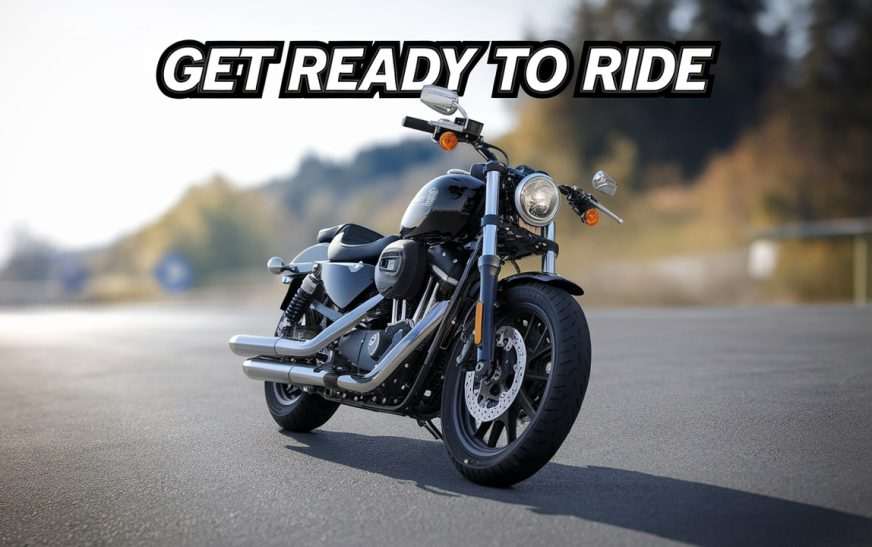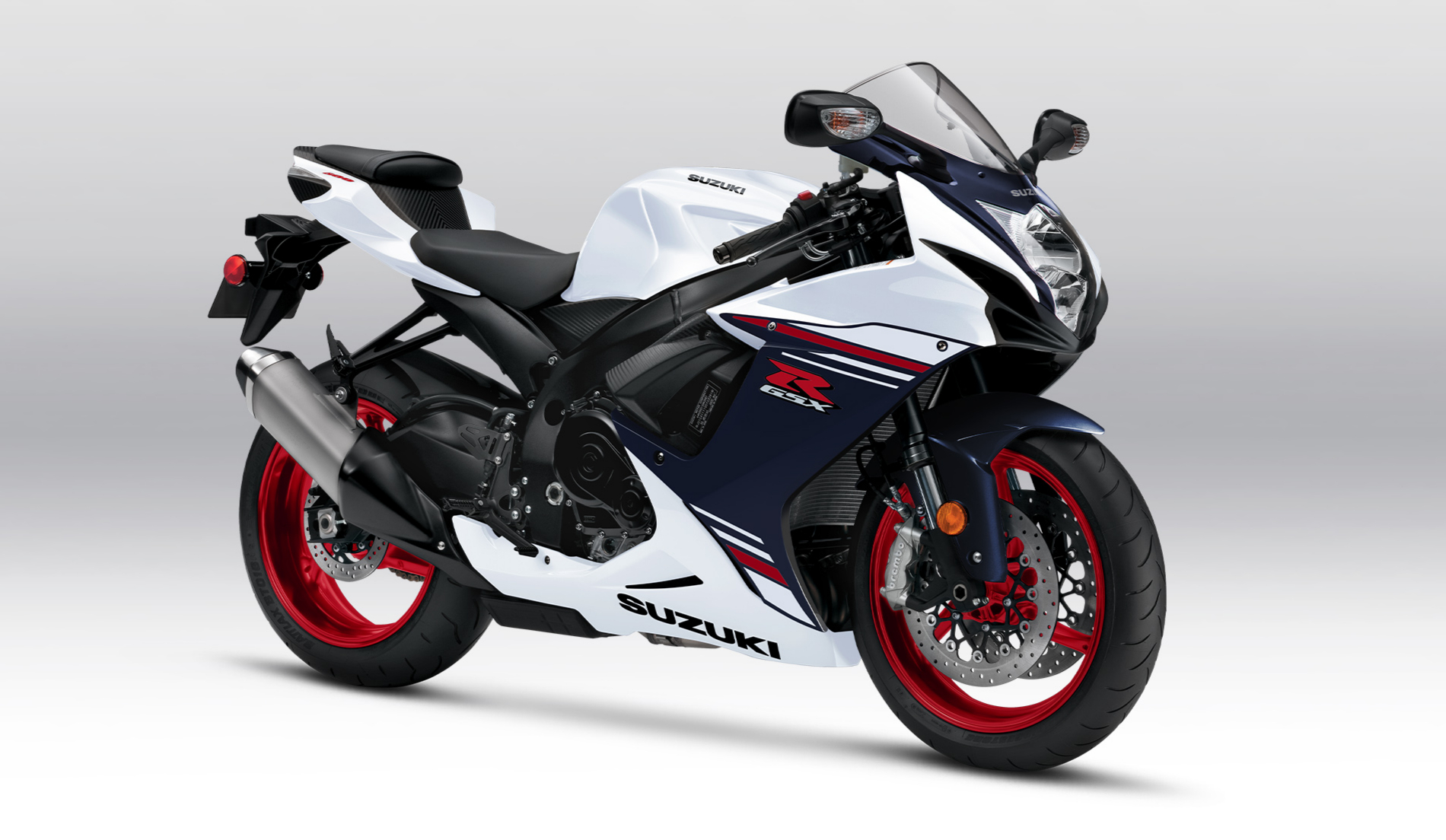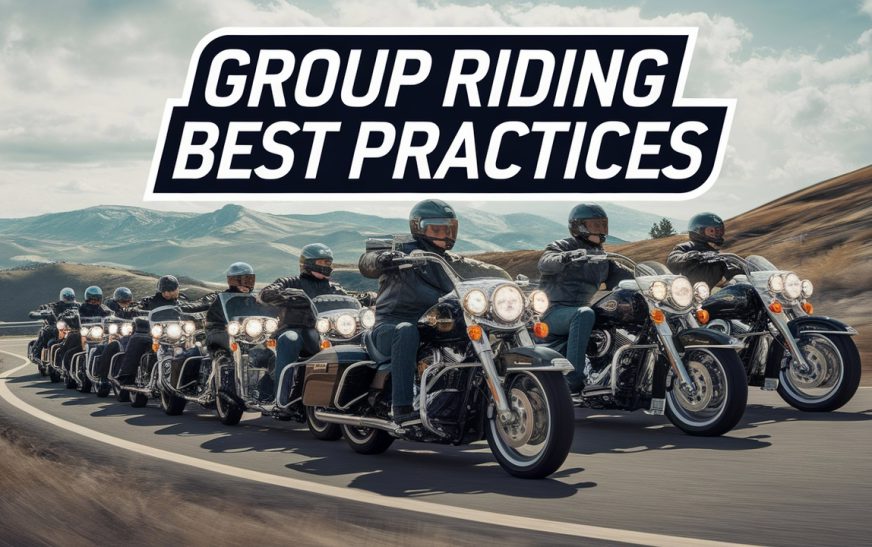Motorcycle Safety Course
Motorcycling is one of the most exhilarating ways to experience the open road. The sense of freedom, the rush of the wind, and the sheer joy of riding can make it an unforgettable adventure. But with that thrill comes a heightened responsibility, especially when it comes to safety. Riding a motorcycle requires a set of unique skills, and even experienced riders can benefit from sharpening their knowledge and techniques.
For new riders, the thought of taking a motorcycle safety course might seem daunting or unnecessary, especially if they feel confident in their ability to learn on the go. However, taking a motorcycle safety course is one of the best decisions you can make, whether you’re just starting out or looking to improve your riding abilities. Not only will it help you become a safer rider, but it will also prepare you for the unexpected challenges that come with life on two wheels.
In this blog, we’ll explore why you should take a motorcycle safety course, what you can expect during the course, and how it can benefit you as a rider. Whether you’re a first-time rider or an experienced motorcyclist looking to refresh your skills, the knowledge and training you’ll gain in a safety course will pay off in ways you may not even realize.
The Importance of Motorcycle Safety Courses
Motorcycles are an incredibly efficient mode of transportation, offering a unique and enjoyable experience compared to other vehicles. However, they come with their own set of risks. According to the National Highway Traffic Safety Administration (NHTSA), motorcyclists are about 28 times more likely to die in a crash per mile traveled than passengers in cars. This stark statistic underscores the importance of being well-prepared and equipped with the right skills to minimize risks on the road.
A motorcycle safety course teaches you how to ride in a controlled environment where you can practice crucial skills under the guidance of professionals. These skills are not only vital for your safety but also for the safety of other road users. Here’s why enrolling in a safety course is essential:
1. Learn Proper Riding Techniques
Learning to ride a motorcycle involves much more than just hopping on and twisting the throttle. Unlike driving a car, which has a steering wheel and pedals, motorcycling requires a keen sense of balance, coordination, and understanding of how your body interacts with the bike. Motorcycle safety courses break down the fundamentals of riding into manageable steps, teaching you how to properly use the throttle, brake, clutch, and gears.
By mastering basic techniques, such as smooth throttle control, proper braking, and effective cornering, you’ll develop the muscle memory necessary to handle your bike with confidence. Learning these skills early on will prevent bad habits from forming, ensuring that you ride safely and efficiently.
2. Gain Knowledge of Safety Equipment
One of the most critical aspects of motorcycle riding is understanding the importance of safety gear. From helmets and gloves to jackets and boots, wearing the right protective equipment is crucial for minimizing injury in the event of an accident. A motorcycle safety course emphasizes the importance of this gear and provides valuable guidance on selecting the appropriate safety equipment.
The course will explain why specific types of gear, such as full-face helmets and abrasion-resistant jackets, are necessary for protecting you during a crash. You’ll also learn about the importance of wearing protective gloves and sturdy boots, which help reduce the risk of injury in falls or during emergency maneuvers.
3. Understanding Road Hazards and Defensive Riding
Motorcyclists face a variety of unique road hazards, from debris and potholes to other vehicles that may not see you on the road. A safety course teaches you how to spot potential hazards and avoid them, helping you develop the skills to ride defensively.
You’ll learn how to position yourself on the road to improve your visibility, anticipate the movements of other drivers, and make quick, smooth decisions when faced with unexpected obstacles. Defensive riding is an essential skill that can make the difference between avoiding an accident and being involved in one. The course will teach you how to react appropriately to road conditions, weather changes, and the unpredictable behavior of other drivers.
4. Build Confidence and Reduce Anxiety
For new riders, the thought of taking a motorcycle out on the open road can be intimidating. There are many unknowns—how to handle the bike in traffic, how to deal with rain or wind, and how to make sure you stay safe while having fun. A motorcycle safety course offers a controlled environment to practice, giving you the confidence you need to take your bike onto public roads.
As you become more comfortable with the basic maneuvers, you’ll start to feel more at ease with your abilities. This increased confidence not only makes you a safer rider but also reduces the anxiety that often comes with learning something new.
5. It’s Often Required for Licensing
In many places, completing a motorcycle safety course is a requirement for obtaining your motorcycle license. While the rules vary depending on where you live, many states and countries require riders to complete a certified safety course before taking their riding test. Even if it’s not a licensing requirement in your area, taking a course can help you pass your motorcycle exam with ease, as it provides the foundational skills you need to demonstrate during the test.
In some locations, completing a safety course can even reduce the cost of insurance or make you eligible for discounts. The course is recognized as evidence that you are committed to being a responsible and well-trained rider, which can help you save money in the long run.
What to Expect in a Motorcycle Safety Course
Taking a motorcycle safety course is an investment in your future as a rider. But what exactly can you expect when you enroll in one of these courses? The format of the course may vary depending on where you take it, but most programs include a combination of classroom instruction and hands-on riding practice.
1. Classroom Instruction
The classroom portion of a motorcycle safety course typically covers the basics of motorcycle operation, safety procedures, and the rules of the road. During this time, you’ll learn about important topics such as:
- The anatomy of a motorcycle and how it works.
- The importance of safety gear and how to choose the right equipment.
- How to identify road hazards and develop defensive riding strategies.
- Basic traffic laws that apply specifically to motorcyclists.
You’ll also discuss various riding techniques, such as the proper way to accelerate, brake, and shift gears. While much of the classroom time will involve learning theory, it is just as important as the practical riding sessions.
2. Motorcycle Handling and Control Exercises
Once you’ve learned the basics in the classroom, you’ll move on to the practical, hands-on portion of the course. This is where the real learning takes place. You’ll be given the opportunity to practice a wide range of skills in a controlled environment, typically on a closed course or a dedicated riding range.
The exercises may include:
- Starting and stopping: You’ll practice mounting your bike, starting the engine, and stopping smoothly.
- Turning and cornering: You’ll work on making tight turns, leaning into corners, and understanding the best techniques for navigating curves.
- Braking: Learning how to brake effectively in different scenarios is essential for avoiding accidents. The course will teach you how to brake smoothly, whether you’re stopping at a light or reacting to a hazard.
- Slalom and weaving: These exercises help you gain better control of your bike by weaving between cones or obstacles, improving your balance and precision.
3. Riding in Traffic Simulation
Some safety courses also simulate real-world traffic situations, allowing you to practice riding in a more dynamic environment. These simulations may include riding in traffic patterns, interacting with other vehicles, and learning how to maintain proper lane positioning.
While these exercises won’t fully replicate the challenges of city traffic, they help you become more aware of the complexities of riding in real-world situations.
4. Evaluation and Certification
At the end of the course, you’ll likely be evaluated on your riding skills. This may include a skills test that evaluates your ability to execute the maneuvers you’ve learned throughout the course, such as turning, braking, and navigating obstacles. Passing this test typically results in a certification or completion card, which can be used for licensing purposes.
Even if the course is not required for a license, the certification shows that you have completed a thorough, standardized training program and are ready to ride responsibly.
Benefits Beyond the Basics
While the primary goal of a motorcycle safety course is to improve rider safety, the benefits extend beyond just learning to ride. Here are a few additional advantages of taking the course:
- Improved bike handling skills: By the end of the course, you’ll have a much better understanding of how to control your bike, making you a more confident and capable rider.
- Lower insurance premiums: Many motorcycle insurance companies offer discounts to riders who have completed a certified safety course. This can help offset the cost of the course itself.
- Increased awareness of road conditions: A safety course helps you become more aware of road hazards, including weather conditions, road surface issues, and the actions of other drivers.
- Lifelong learning: Even if you’re an experienced rider, a safety course can offer valuable insights that will improve your riding for years to come. It’s a reminder that motorcycling is a skill that requires constant improvement and vigilance.
A Smart Investment in Your Riding Future
Taking a motorcycle safety course is one of the smartest decisions you can make as a rider. Not only will it help you develop the skills you need to stay safe on the road, but it will also give you the confidence to handle your bike in a variety of situations. By learning proper riding techniques, gaining knowledge of road hazards, and practicing in a controlled environment, you’ll be better equipped to handle the challenges of motorcycling.
Whether you’re a new rider or an experienced motorcyclist looking to refresh your skills, the safety course will provide you with valuable training that can reduce your risk of injury, help you avoid accidents, and make your riding experience more enjoyable. Ultimately, motorcycle safety courses are an investment in both your skills and your peace of mind, ensuring that you can continue enjoying the freedom of the road with confidence and safety.
Are you curious if the Yamaha R3 can outperform the R6? Please click here for further information.










